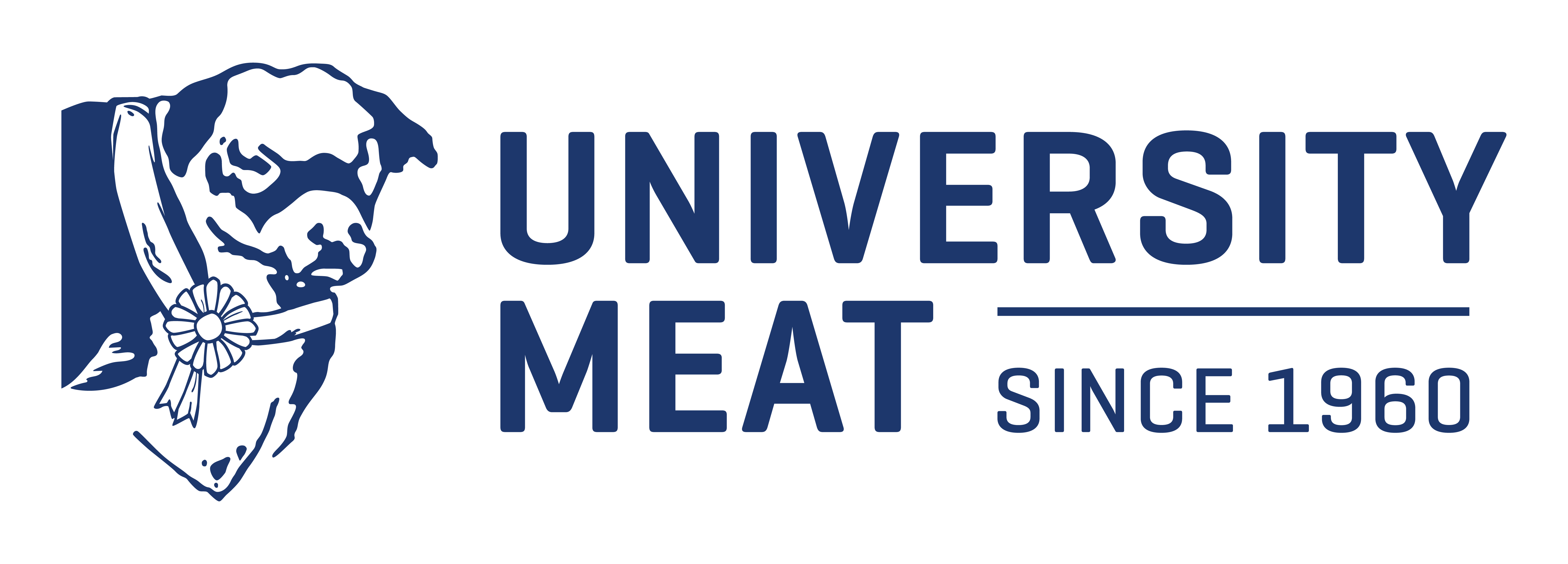
Guide to Cooking and Carving a Perfect Rib of Beef
If you want to know how to cook and carve a perfect rib of beef, you need to appreciate that for several chefs, a bone-in rib of beef is the Rolls Royce cut, and is their default option for a roasting joint.
On the bone, the ribs serve as insulation from the harsh heat of the oven and give anchorage for the meat preventing shrinkage.
Cooked from room temp, in a hot oven, the outside will char beautifully with a wine layer of golden fat, and the inside will cook to perfection with a bit rare meat for those who like it, and the entire joint will flood with deep savoury flavour form the internal fat.
No other joint has all of these features which point to the right roast. Here is how to cook a beef rib roast:
- Preparation Time: 20 minutes
- Cooking Time: 2hrs
- Total Time: 2hrs 20 minutes
- Servings: 10
Preparation for roasting
First, you need to remove all the packaging and provide the meat with a good drying. You can do this by allowing it to stand uncovered, but it’s quicker to use some kitchen paper. Then you have to leave it out of the refrigerator to come up to room temp.
Most cookery books and guides give meat timings from refrigerator cold so you need to be aware of that when cooking from room temp. When beef goes through the ageing procedure it’s the work of enzymes that improve the texture and flavour, by leaving the joint out and uncovered you’re giving those enzymes some time to relax that providing them more chance of working their meat magic, offering you a lovely succulent joint when roasted.
Calculate cooking times
Before you start to cook a rib of beef, you need to do a bit of preparation and research first and work out how long you need to cook it. To do this, you have to know the weight of the rib of the beef joint.
You have to calculate the cooking time by letting an initial 20 minutes blast on the high heat of 220 degrees C and the 20 minutes per 500 grams for medium, fifteen minutes per 500 grams for medium rare, and 10 to 15 minutes for rare at 170 degrees C.
Our advice is to go for medium to medium rare when cooking at home as this way you will have some well-done meat for those who love it that way, on the outside and some pinker meat towards the centre of the joint, meaning that all bases are covered.
If you have a fan oven the temp will need to be reduced usually, a reduction of around 20C is required but each oven has its idiosyncrasies.
Preheat the oven to 220℃/gas mark Seven
Give a layer of fat on top of a fine seasoning with salt and pepper, and a tip here is to rub it with English mustard powder so that it cooks to a lovely golden crust. Pop the meat on a roasting tray, standing on its end with the beat ribs pointing skywards.
Due to the height, it’ll probably need to go on the bottom shelf of the convection oven. Give a rib of beef a 20-minute sizzle in the high oven at 220℃/gas mark seven then turn the oven down to 170℃/gas mark three and time the cooking of the joint from the point.
This gets the browning procedure started and the caramelisation of the surface on its way. You’d try and weigh the joint itself, but an average size 2 bone rib is approx 2.5kg so you’d use the timing below for the size.
- 1hr 15 minutes at 170℃/gas mark three medium rare
- 1hr 40 minutes at 170℃/gas mark three for medium
- 2hr 5 minutes at 170℃/gas mark three for well-done
For a more accurate measurement of doneness, you will want to use a meat thermometer and will be looking for an internal temp of 50C degrees for rare and 60 degrees C for medium.
If you’re not using a thermometer, check to see if the meat is cooked to your liking about 20 to 30 minutes before the end of cooking time.
The shape of the joint might mean it cooks a bit sooner than the calculated time. A check you can do is to push a skewer through the thickest part of the joint and leave it for ten seconds.
Take the skewer out and touch it to your inner wrist, It’ll be just warm for rare, warm for medium-rare, and hot for medium. If you do not want to risk the heat on your wrist the colour of the juices from inserting the skewer is also a sign.
The redder the juicers, the rare the beef, for a medium roast you can expect a flow of clear juices mixed with a bit of pinkish blood. You’d also press the meat but for a joint of this size, you’ll need to press from both sides.
The more spring in the flesh, the rarer it is. The right medium joint will feel quite taut, with just a small amount of spring radiating from right in the centre.
Don’t forget that the beef will continue to cook as it rests, and the juices will also become more evenly distributed, so do not leave it cooking too long.
When it’s cooked, you need to let it rest for at least 20 minutes. This step is non-negotiable and is vital to let the beef relax and distribute the juices evenly, and it’ll let you time to bring the rest of the meal together and free up the oven for the roasts, etc.
How to carve a rib of beef
Though your meat will be tender however you pick to carve it, the rib is the best when craved reasonably thin like this:
- When the rib is cooked and rested, stand the joint so the ribs are pointing upwards
- Position a sharp carving knife among the top of the ribs and the meat.
- Keeping knife pushed against the ribs of beef, gradually cut along the bones to release the meat from the ribs
- Keep going until the ribs are released and removed. You can use the beef ribs to add flavour gravy to stock if you’re making some.
- Hold the meat with 1 hand, and thinly slice the beef as thinly as you can across the grain
- It’s generally better to only cut where what’s required as the meat will keep better for leftovers as a whole piece.
Serve with whatever you think is the right, but it’ll almost certainly involve gravy, horseradish sauce, Yorkshire sauce, potatoes, and some vegetables.
If you are looking for an online butcher Melbourne then look no further.
We are one of the top meat suppliers Melbourne
Looking to have your meat delivery melbourne
Talk to our team at University Meat
 © 2016 University Meat |
© 2016 University Meat |







